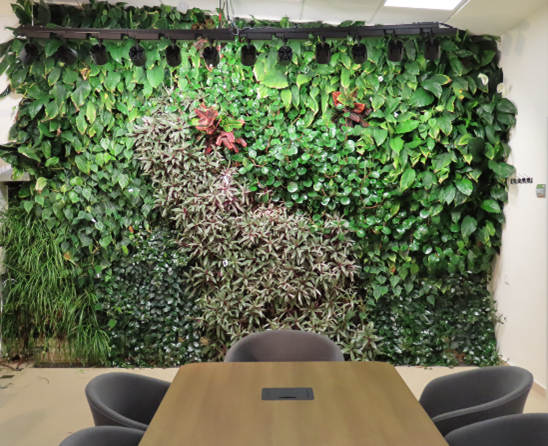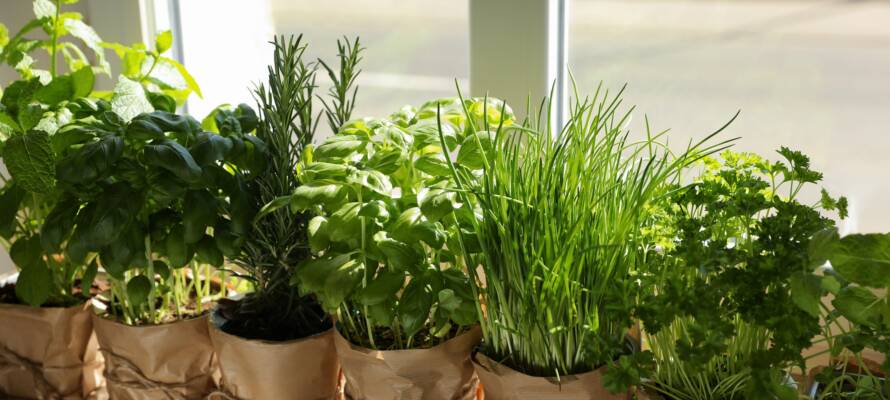According to new study, ‘VGWs’ consisting of plants growing vertically on a wall can save 20 percent of energy normally used for air circulation in closed spaces.
By United with Israel staff
“Vertical green-living walls” (VGWs), which consist of plants growing vertically on a wall, can save up to 20 percent of the energy used for air circulation in closed offices and spaces, resulting in significant energy and financial savings, according to a new study by researchers at the Hebrew University in Jerusalem.
The study, conducted by Dr. David Helman and Yehuda Yungstein of the Robert H. Smith Faculty of Agriculture, Food, and Environment, was published in the international journal, Building and Environment.
The researchers say they utilized innovative technology to measure green walls in a closed room, with environmental indicators, such as carbon dioxide levels, temperature, relative humidity, and the quality and pH levels of irrigation water monitored for a year and a half.
The study also examined which type of plant would be more energy efficient under different conditions.
“In our research, we used green wall technology built inside a laboratory, where six different indoor plant species were planted on a hydroponic substrate, vertically on the wall, without soil,” explained Yehuda Yungstein, a master’s student and one of the study researchers.

The study found specific plants can reduce the need for ventilation and air conditioning by using carbon dioxide from the air and transpiring water vapor into the room, thus reducing carbon dioxide levels and cooling the air around the green wall.
Dr. Helman, the study’s principal investigator, explained, “Heating, cooling, and ventilation systems of residential buildings are responsible for 27 percent of energy consumption and 17 percent of carbon dioxide emissions in the world. In addition to this, the high energy consumption in cities is also responsible, among other things, for the ‘urban heat island’ phenomenon – a situation in which the temperature inside the city is between one and three degrees Celsius higher than the surrounding rural environment.”
Following a year and a half of testing, researchers found the presence of plants on the VGW reduced the need for air circulation by roughly 20 percent and lowered the temperature near the wall with plants by about three to five degrees Celsius.
“The study’s results could encourage building planners, and office owners to use plants to save energy and money while still meeting the required standard for ventilation in public buildings,” Helman concluded.
“In the near future we plan to expand the research and publish a system based on artificial intelligence and image processing that will make the process of planning and maintaining the green wall simpler and more accessible so that some of the routine maintenance operations can be performed automatically,” he added.
